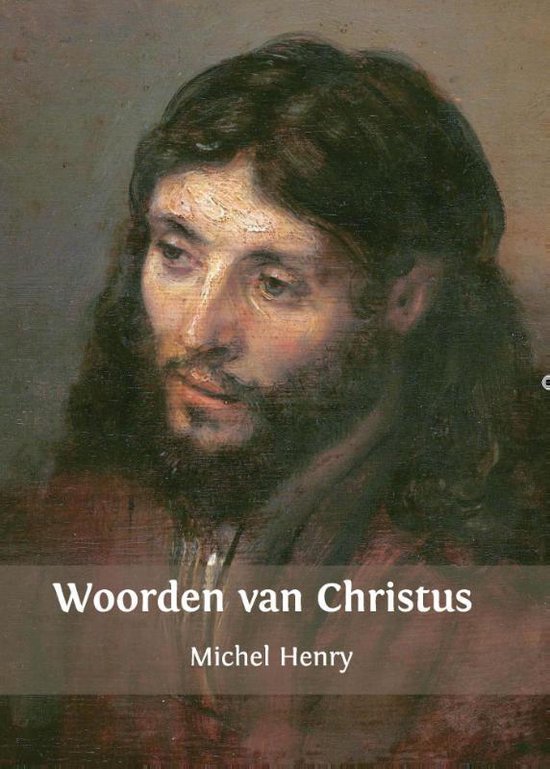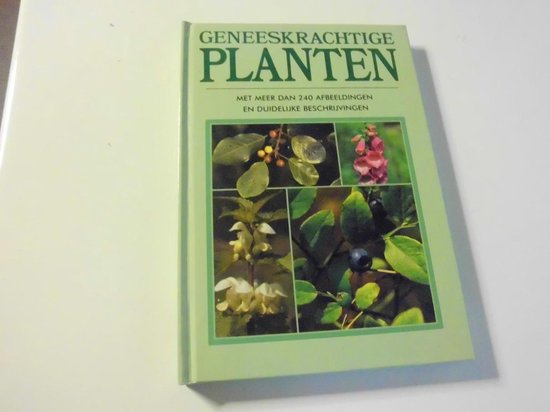
Seeing The Invisible
Provides a philosophical interpretation of a significant twentieth-century painter - Wassily Kandinsky. This work shows that Kandinsky separates colour and line from the constraints of visible form and, in so doing, conveys the invisible intensity of life - a force rooted in the corporeity and pathos of all living beings.
This work provides a unique, philosophical interpretation of a significant twentieth-century painter - Wassily Kandinsky. Michel Henry was one of the leading French philosophers of the twentieth century. His numerous works of philosophy are all organized around the theme of life. In contrast to the scientific understanding of life as a biological process, Henry's philosophy develops a conception of life as an immediate feeling of one's own living. "Seeing the Invisible" marks Henry's most sustained engagement in the field of aesthetics. Through an analysis of the life and works of Wassily Kandinsky, Henry uncovers the philosophical significance of Kandinsky's revolution in painting: that abstract art reveals the invisible essence of life.Henry shows that Kandinsky separates colour and line from the constraints of visible form and, in so doing, conveys the invisible intensity of life - a force rooted in the corporeity and pathos of all living beings. More than just a study of art history, this book presents Kandinsky as an artist who is engaged in the project of painting the invisible and thus offers invaluable methodological clues for Henry's own phenomenology of the invisible.
This work provides a unique, philosophical interpretation of a significant twentieth-century painter - Wassily Kandinsky. Michel Henry was one of the leading French philosophers of the twentieth century. His numerous works of philosophy are all organized around the theme of life. In contrast to the scientific understanding of life as a biological process, Henry's philosophy develops a conception of life as an immediate feeling of one's own living. "Seeing the Invisible" marks Henry's most sustained engagement in the field of aesthetics. Through an analysis of the life and works of Wassily Kandinsky, Henry uncovers the philosophical significance of Kandinsky's revolution in painting: that abstract art reveals the invisible essence of life.Henry shows that Kandinsky separates colour and line from the constraints of visible form and, in so doing, conveys the invisible intensity of life - a force rooted in the corporeity and pathos of all living beings. More than just a study of art history, this book presents Kandinsky as an artist who is engaged in the project of painting the invisible and thus offers invaluable methodological clues for Henry's own phenomenology of the invisible.
| Auteur | | Michel Henry |
| Taal | | Engels |
| Type | | Paperback |
| Categorie | | Kunst & Fotografie |



